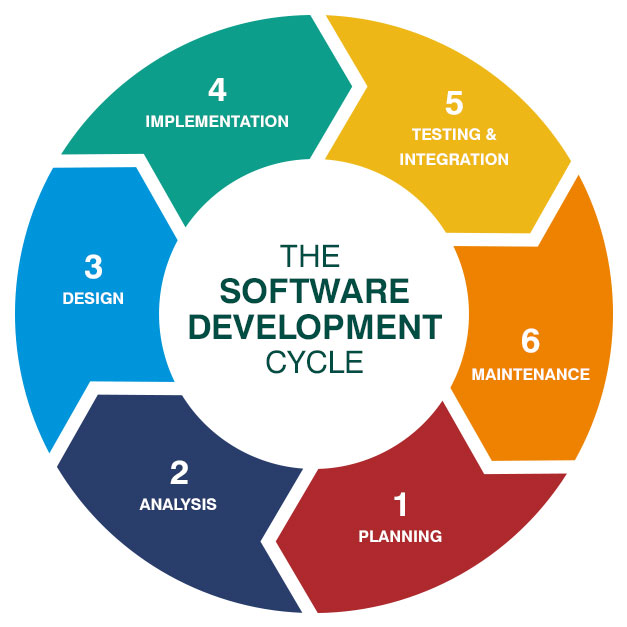What is Software Lifecycle?
SLC is a term used in Software Engineering to describe a process for planning, creating, testing, and deploying an information system. The process is composed by several phases that focus on delivering a high quiality product to the customer:-Preliminary analysis: propose alternative solutions, describe costs and benefits and submit a preliminary plan with recommendations.
-System analysis: Defines project goals into defined functions and operation of the intended application.
-Systems design: Describes desired features and operations in detail, including screen layouts, business rules, process diagrams, pseudocode and other documentation.
-Developing: Here you write the code and implement all the planning.
-Integration and testing: This space is for testing and debugging.
-Acceptance, installation, deployment: Here the program is complete and pushed into the market.
-Maintenance: Keep track of the software and make sure it does not become obsolete.
-Evaluation: This is the time to improve, check the complete design and modify it if something is wrong.
-Disposal: The disposal activities ensure proper migration to a new system.On this phase the old data is destroyed.
There are a lot of models for this methodology, some of them are:
Waterfall model, Iterative model, Agile model, Spiral model, V-model and Big-Bang model



